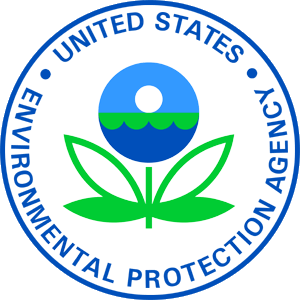
WEP is pleased to add the U.S. Environmental Protection Agency to its list of members. WEP and the EPA share many common goals and priorities and together will closely collaborate in finding answers to today’s most challenging water related challenges. The EPA Office of Research and Development (ORD) has a dedicated research program focused on addressing the host of challenges threatening the safety and sustainability of water resources. The Safe and Sustainable Water Resources (SSWR) research program is using an integrated systems approach to develop scientific and technological solutions to protect human health, and to protect and restore watersheds and aquatic ecosystems. This work is being done in partnership with other EPA programs, federal and state agencies, academia, nongovernmental agencies, public and private stakeholders, and the global scientific community. The SSWR research program’s activities are guided by four objectives:
- Address current and long-term water resource challenges for complex chemical and microbial pollutants by strengthening the science for drinking water and water-quality standards and guidance for new and emerging contaminants that threaten human health and aquatic ecosystems.
- Transform the concept of ‘waste’ to ‘resource’: Through innovative water treatment technologies, green infrastructure, and improved management approaches, stormwater, municipal wastewater, and other ‘post-use’ waters will be valued as a resource for fit-for-purpose water reuse, energy, nutrients, metals, and other valuable substances.
- Quantify benefits of water quality: Clean water and healthy ecosystems provide many services that are currently undervalued. By developing models and tools to estimate the economic benefits of water-quality improvements, this research will aid in the protection or restoration of water quality.
Translate research into real-world solutions: SSWR aims to move its results out of the lab and into the hands of end users, who can use these data and tools to sustainably manage water resources and infrastructure.
To achieve these overarching objectives and address their respective scientific challenges, SSWR research projects are organized into four interrelated topics: Watershed Sustainability, Nutrients, Green Infrastructure, and Water Systems. Each topic carries specific near- and long-term aims designed to yield practical tools and solutions for ensuring sustainable water resources. This SSWR Strategic Research Action Plan, 2016–2019 (SSWR StRAP 2016-2019), outlines these topics and the overall structure and purpose of the SSWR research program.
A copy of the plan can be obtained at
http://www.epa.gov/sites/production/files/2015-10/documents/strap_2016_sswr_508.pdf.